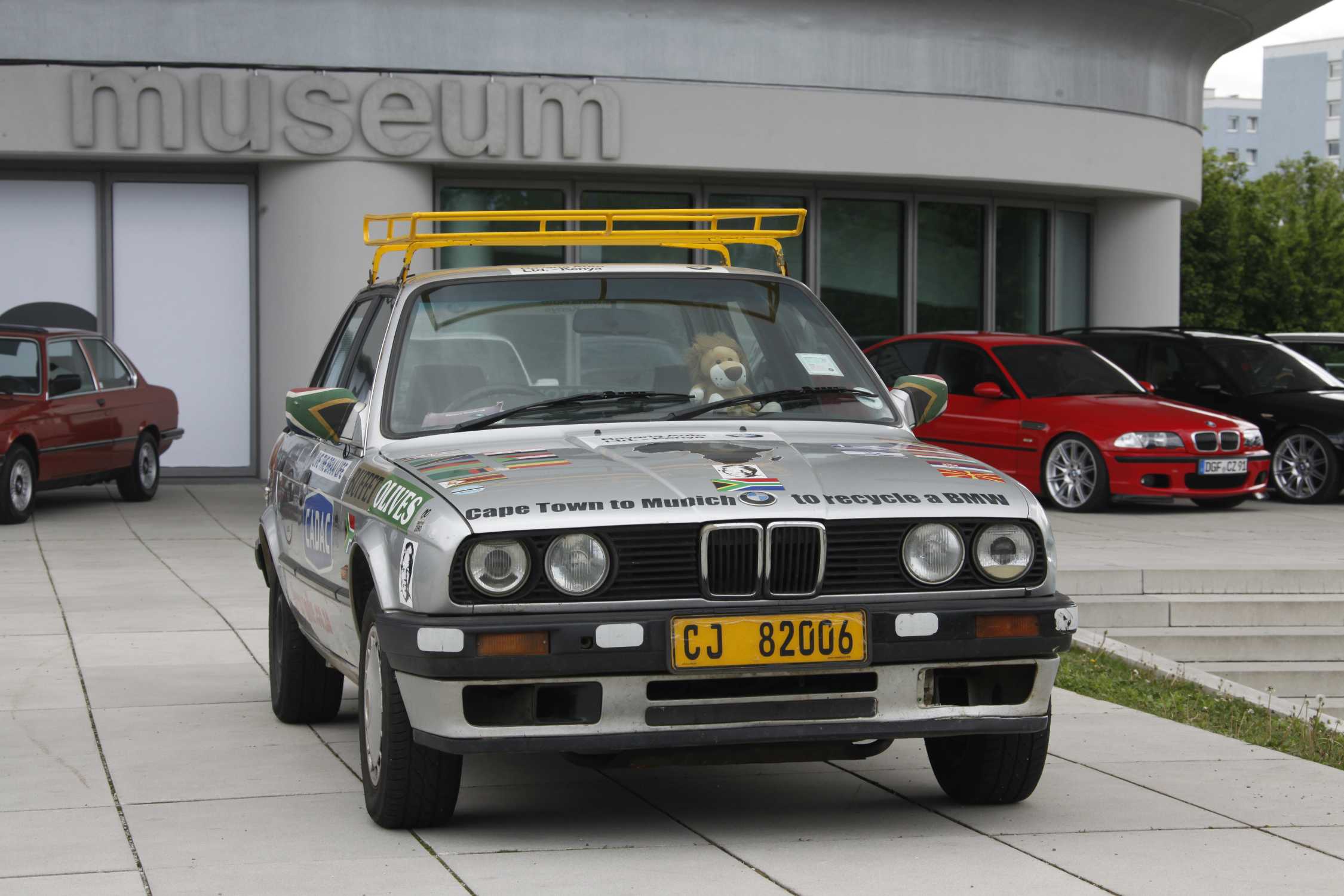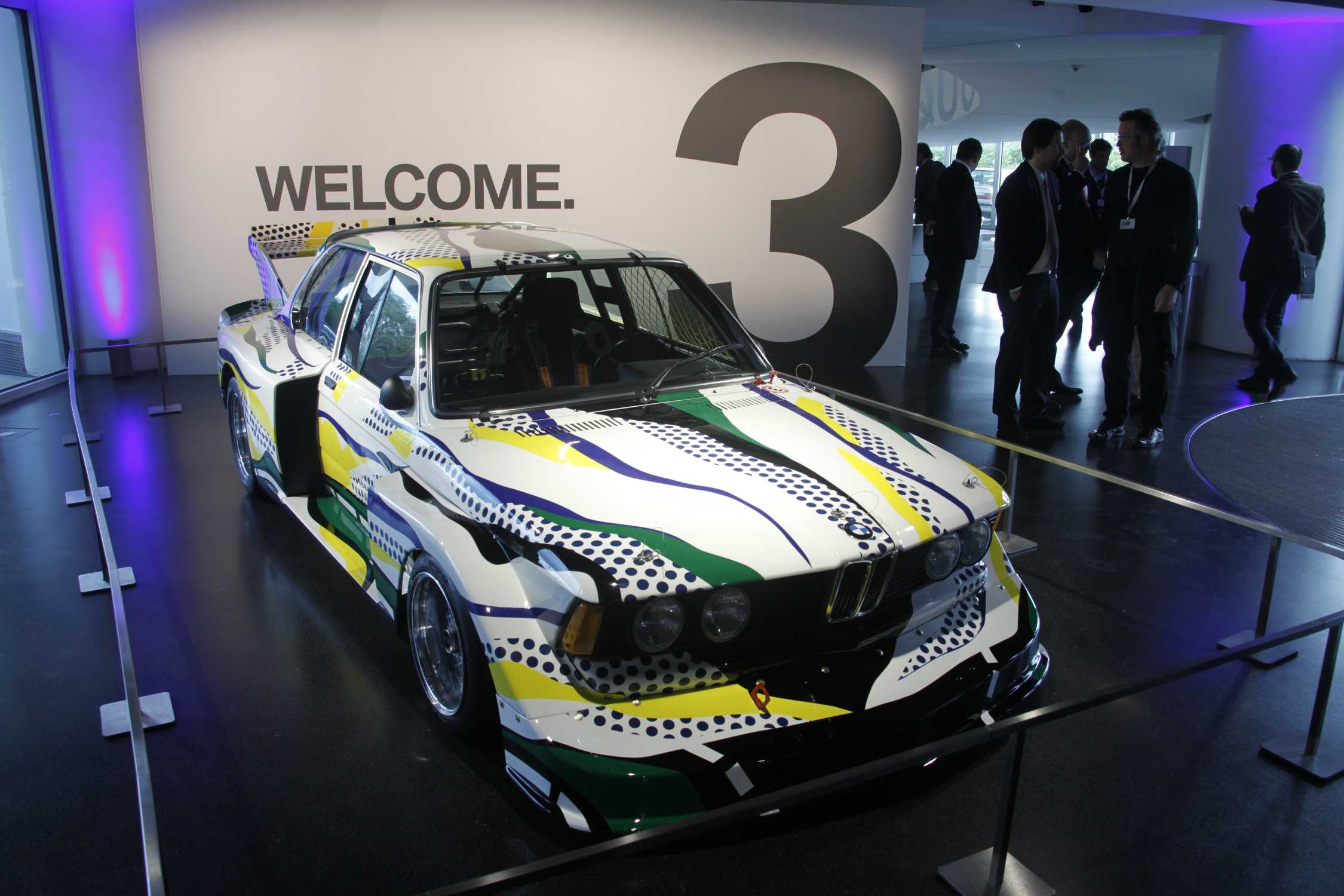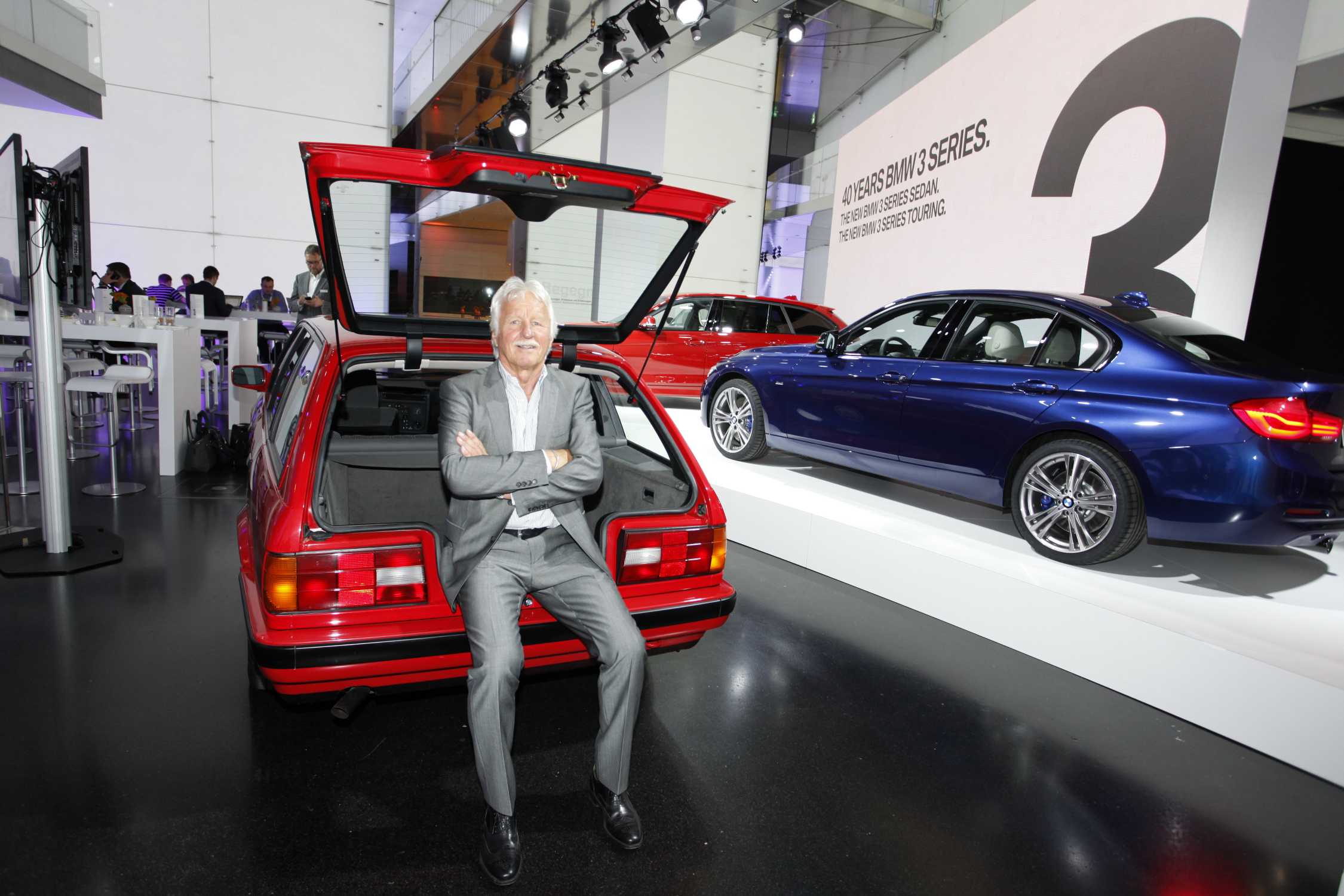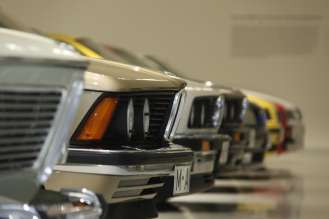The world has changed radically over the last 40 years: walls have fallen, borders have disappeared and new technology has revolutionised our existence in ways we could not have imagined in our wildest dreams. Personal computers, the internet, mobile communications – all these have become indispensable not only in our everyday lives, but in our cars as well.
As a market leader, the 3 Series has shaped the premium segment for mid-range cars for 40 years. And the success story continues: on 7 May 2015, BMW unveiled the latest generation of this trendsetter to the eyes of the world at the BMW Museum in Munich. The event coincided with the opening of a special exhibition celebrating “40 Years of the BMW 3 Series”.
To mark the event, 3 Series enthusiasts from all over Europe parked their vehicles around the BMW Museum. One 318i E30 even travelled to Munich all the way from South Africa, covering the full 15,000 kilometres (over 9,000 miles) under its own steam – despite already having 400,000 km (around 250,000 miles) on the clock. The drivers’ account of their trip can be found at backmywheels.wordpress.com.
Nobody could have predicted the success of the first BMW 3 Series back in 1975: as successor to the legendary 2 Series, it had a hard act to follow.
For BMW, however, the introduction of the 3 Series was a real watershed, for in addition to the new model designation, the car also heralded a number of other innovations. One particularly innovative feature was the driver-oriented cockpit, for which BMW is famous.
From the outset, the 3 Series was the embodiment of the sporty mid-range sedan – and so it remained.
For the first series, known internally as the E21, the 3 Series was available only as a two-door sedan, although in the 320/6 and 323i it featured powerful and silky-smooth six-cylinder engines.
The car’s success proved the developers right from the very beginning. The 3 Series has been the BMW brand’s bestselling model for 40 years. Just six years after its launch, the one-millionth car came off the production line.
The first version of the 3 Series was not only a commercial success, however. In sporting terms, too, the E21 garnered countless awards: as a race car for the track it enjoyed showing the competition who was boss. And the 3 Series even set new standards in the art world, when renowned artist Roy Lichtenstein turned one of these vehicles into a unique artwork.
Then in 1982 it was the turn of the E30. Succession was no easy task for the newcomer. After all, by now the E21 was the most successful BMW of all time.
Whereas the older E21 was available only as a two-door sedan, the new E30 came in two- and four-door versions, and was even expanded later to include an elegant convertible and estate variant. The latter, named the 3 Series Touring, established the class of compact estate models dubbed “lifestyle estates”. Today it is hard to believe how this model variant came into existence. A BMW employee, Max Reisböck, bought an accident-damaged 3 Series with a view to carrying out a complete rebuild. As a master bodybuilder, he had all the requisite skills. Once the rear part of the roof was removed, he lengthened the vehicle’s tail to create an estate. Although he had restored the car purely for his own use, he showed his creation to his boss, who was so impressed that this “touring” version went into production virtually unchanged. An estate variant, which bore the stigma of a rather lacklustre commercial vehicle, had previously been unthinkable at BMW. Max Reisböck was present for the opening of the special exhibition at the BMW Museum on 7 May 2015 and can still look back with genuine pride on his creation.
But the Touring was not the only former “no-go” that BMW made reality: a six-cylinder diesel unit in a sports sedan was equally unexpected.
And the E30 also gave rise to something else: the legendary BMW M3. As a homologation model for the German Touring Car Championship (DTM), the first BMW M3 – a sports version of the E30 featuring distinctive flared wings – came to epitomise the family-friendly sports car of the day. In its first race season in 1987, the BMW M3 won the World Touring Car Championship, the DTM and the European Touring Car Championship. Having earned many other championship titles and countless individual victories, the BMW M3 Group A from the E30 model series is today the world’s most successful touring car.
The E30 was superseded by the E36 in 1990. This 3 Series was also penned by designer Claus Luthe. From now on, the two-door sedan no longer used the same bodylines as the four-door model, but was instead a coupé with an elongated bonnet and flatter front screen. This was not the only new shape to join the 3 Series family, however: a Compact variant was added at entry level. In addition, BMW finally parted company with the traditional circular headlamps, mounting the new lights behind sealed glass covers. Innovations were introduced beneath the bodywork too, with new four-cylinder diesel units offering an unprecedented combination of efficiency and driving dynamics.
Over the last 40 years, the BMW 3 Series has been both trendsetter and benchmark in the mid-range segment. This is also reflected in the sales success of BMW’s mid-range model: over 14 million BMW 3 Series units have been shipped since its debut in 1975 – today the Sedan and Touring models account for around 25 per cent of total BMW vehicle sales. More than any other model, the BMW 3 Series represents the heart of the BMW brand.
No matter how much our world has changed over the last 40 years, the 3 Series will remain an ever-present star in the BMW firmament.
And because the 3 Series is without doubt an incredibly fine car, it also has an incredible number of fans spread around the world. The film, created in collaboration with the international network of BMW clubs, provides a window into their boundless passion. The International Council of BMW Clubs tracked down and profiled four very special fans with their own personal BMW 3 Series stories to tell.




